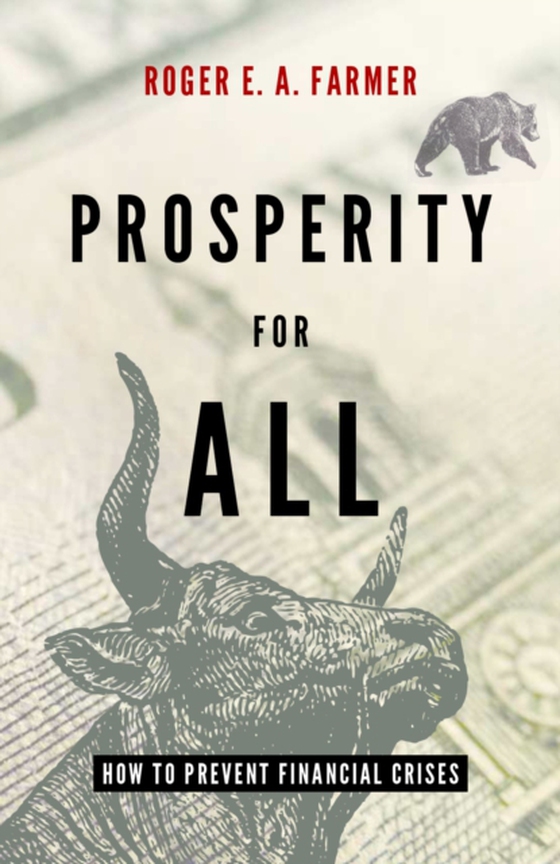
Prosperity for All e-bog
88,06 DKK
(inkl. moms 110,08 DKK)
In the aftermath of the 2008 financial crisis, economists around the world have advanced theories to explain the persistence of high unemployment and low growth rates. According to Roger E. A. Farmer, these theories can be divided into two leading schools of thought: the ideas of pre-Keynesian scholars who blame the recession on bad economic policy, and the suggestions of "e;New Keynesian&q...
E-bog
88,06 DKK
Forlag
Oxford University Press
Udgivet
9 september 2016
Længde
160 sider
Genrer
Economic theory and philosophy
Sprog
English
Format
epub
Beskyttelse
LCP
ISBN
9780190621452
In the aftermath of the 2008 financial crisis, economists around the world have advanced theories to explain the persistence of high unemployment and low growth rates. According to Roger E. A. Farmer, these theories can be divided into two leading schools of thought: the ideas of pre-Keynesian scholars who blame the recession on bad economic policy, and the suggestions of "e;New Keynesian"e; scholars who propose standard modifications to select assumptions of Keynes' General Theory. But Farmer eschews both these schools of thought, arguing instead that in order to mitigate current financial crises-and prevent future ones-macroeconomic theory must become attuned to present-day conditions. Governments need to intervene in asset markets in a manner similar to the recent behavior of central banks, and principal actors in the international economy need to pursue financial stability. The primary mechanism for securing such stability would be for sovereign nations to create sovereign wealth funds backed by the present value of future tax revenues. These funds would function along the lines in which exchange-traded funds currently operate, and in time, they would become the backbone for stabilizing financial markets. Written in clear, accessible language by a prominent macroeconomic theorist, Prosperity for All proposes a paradigm shift and policy changes that could successfully raise employment rates, keep inflation at bay, and stimulate growth.
 Dansk
Dansk

